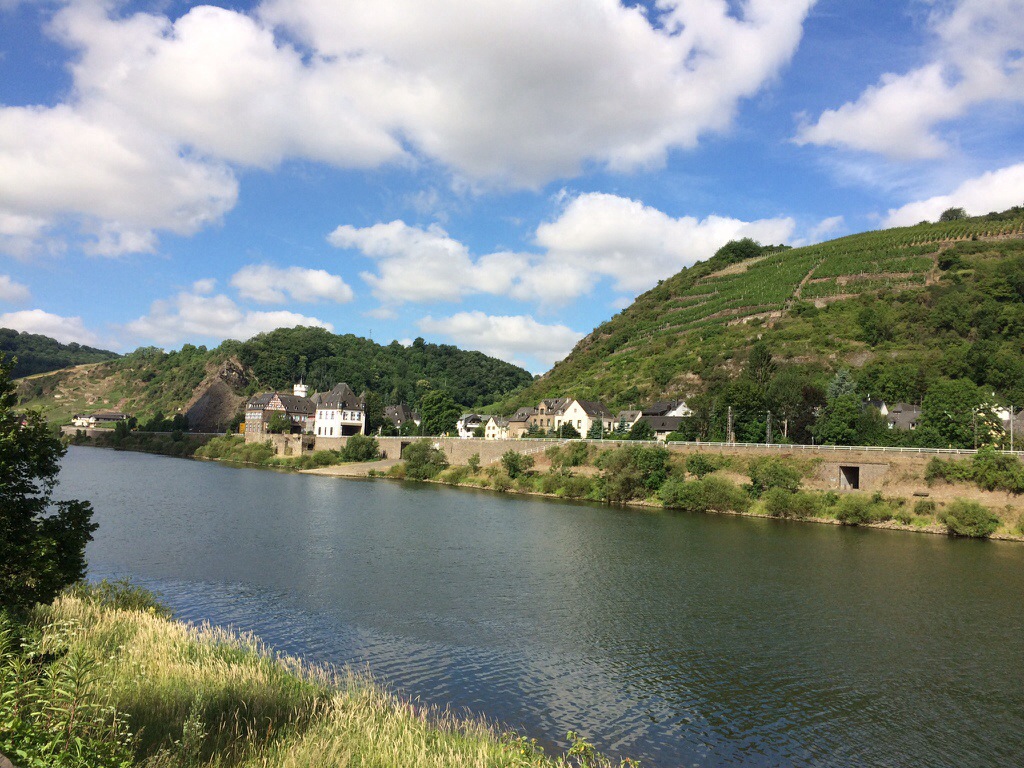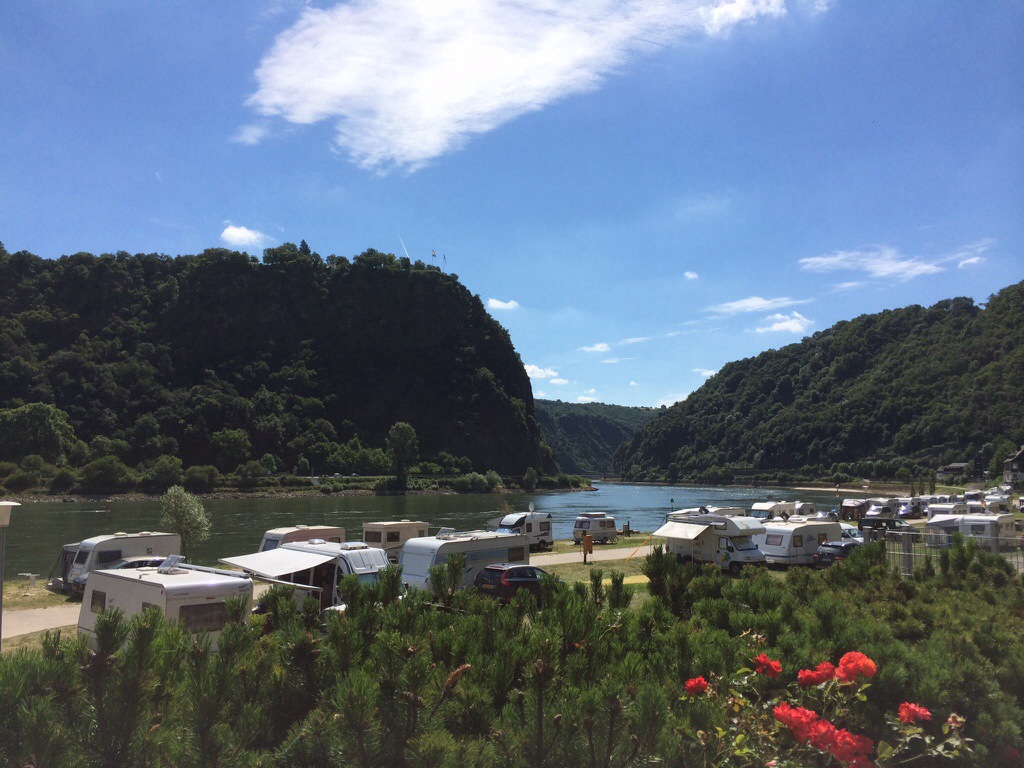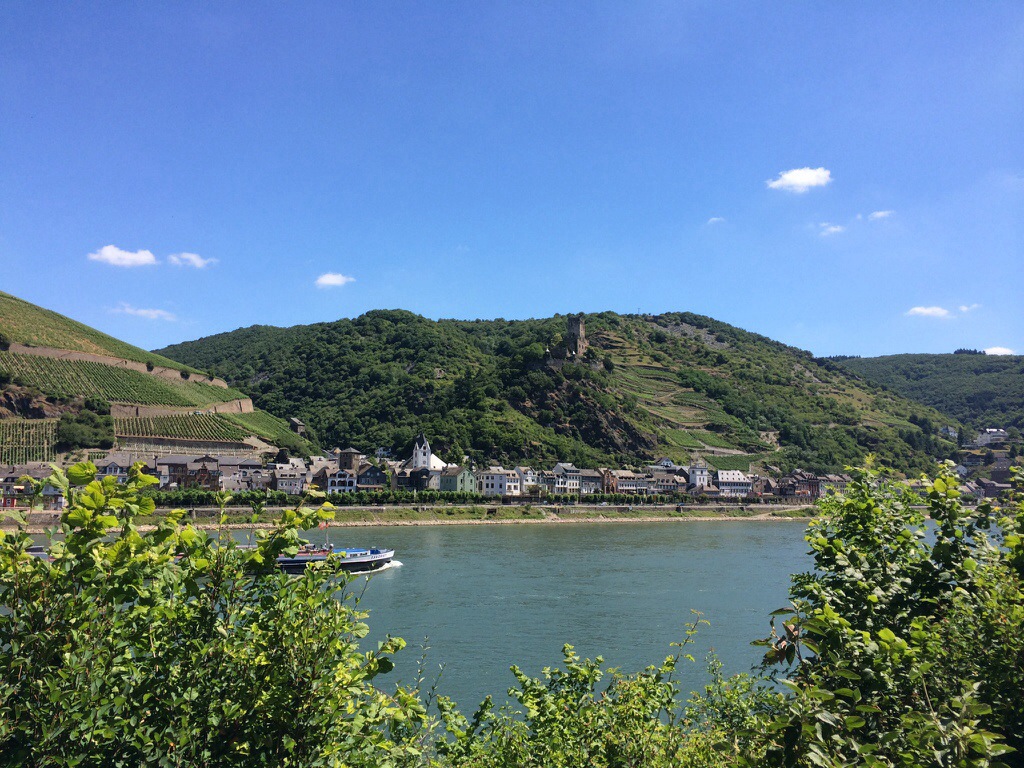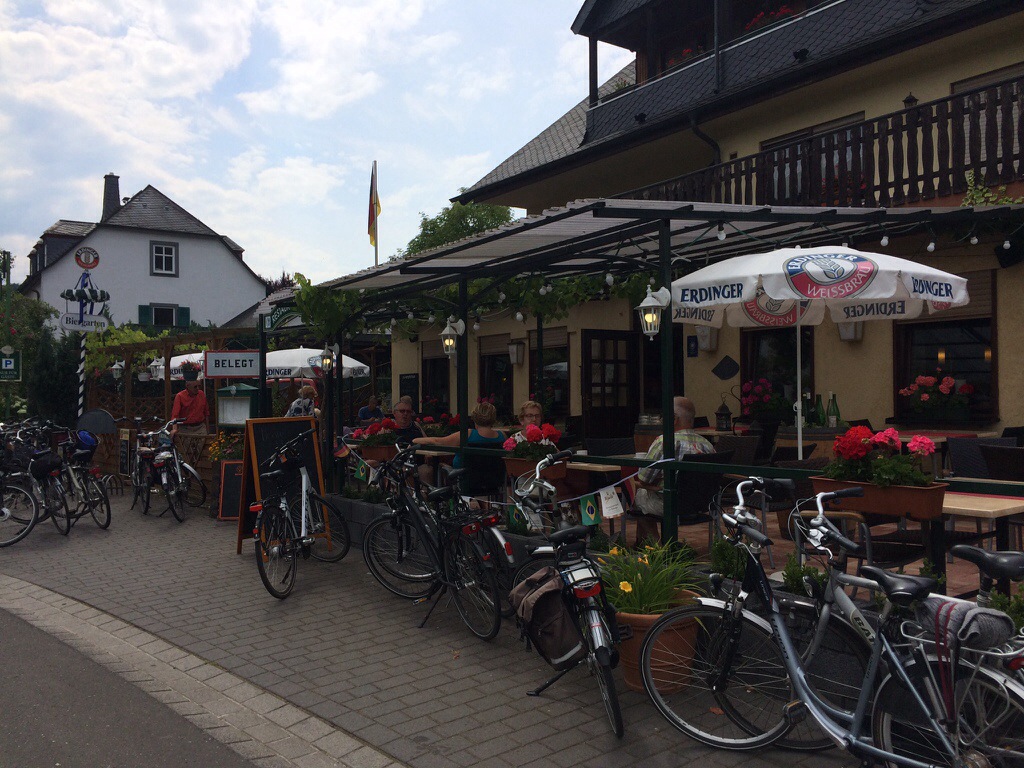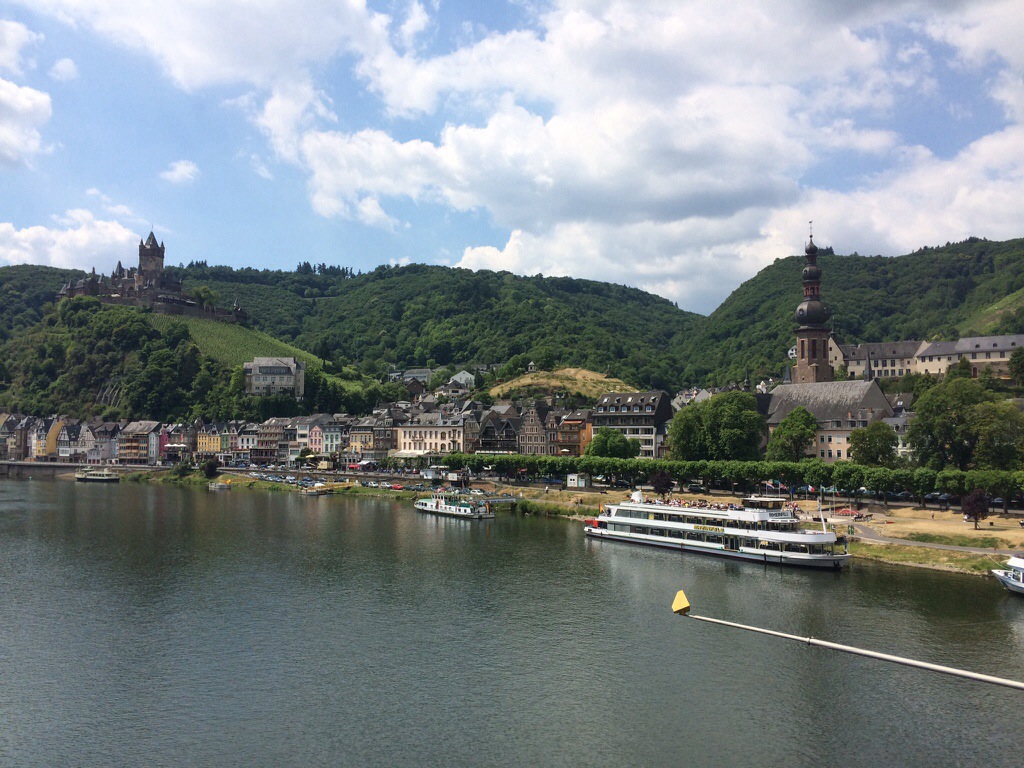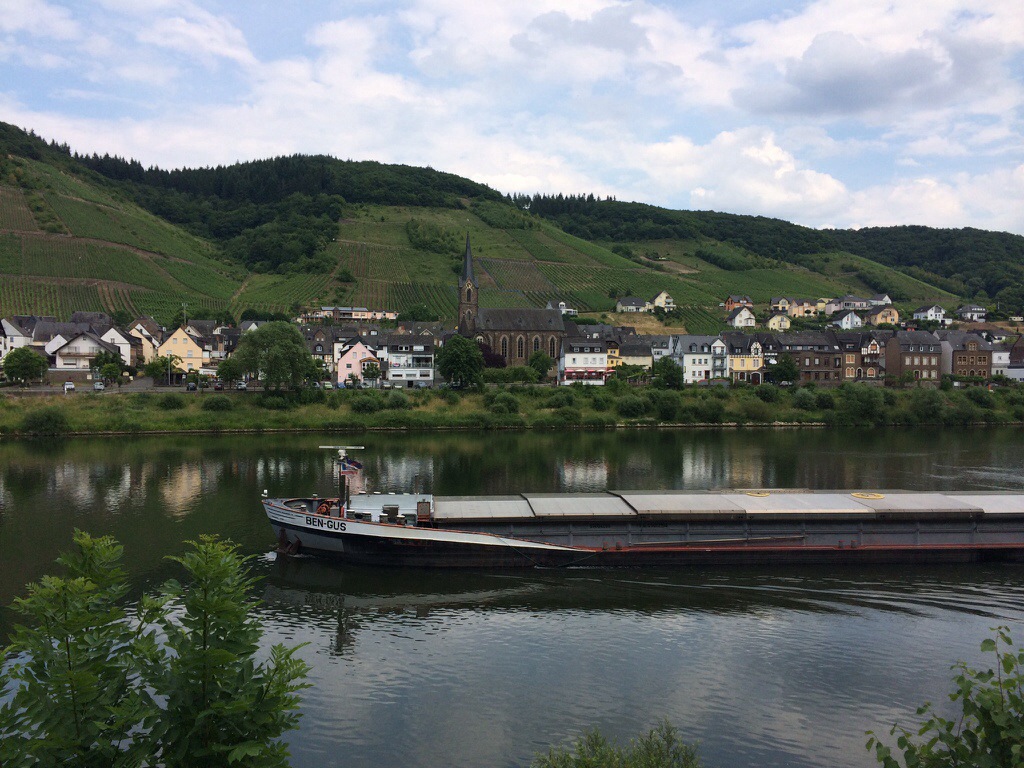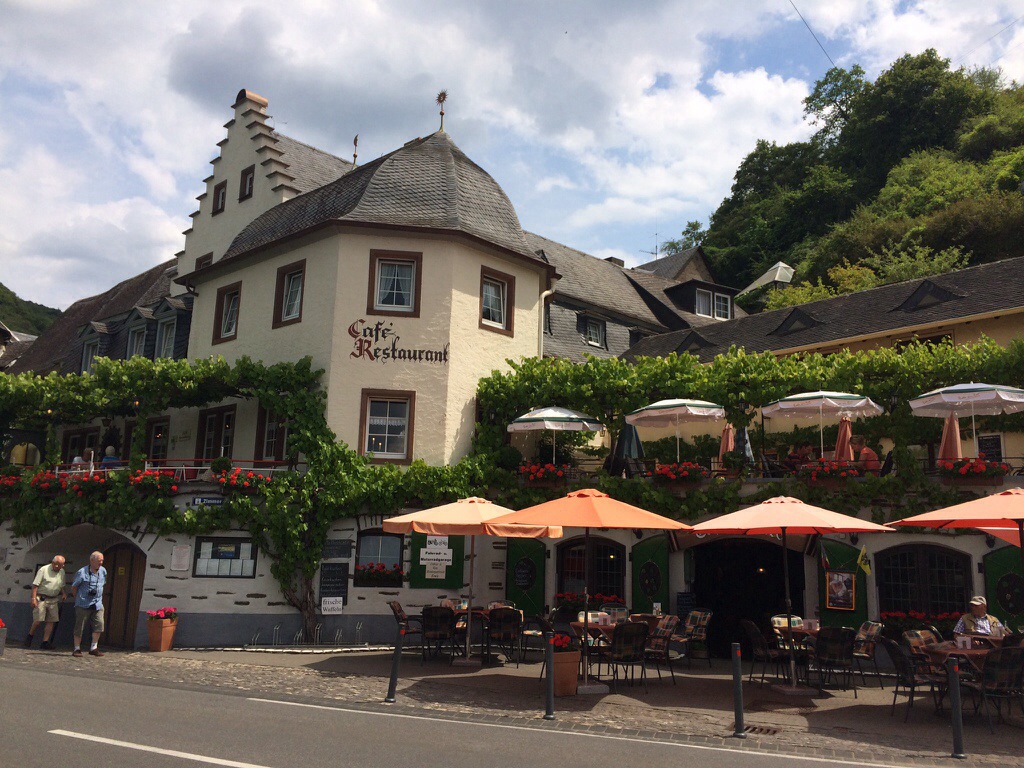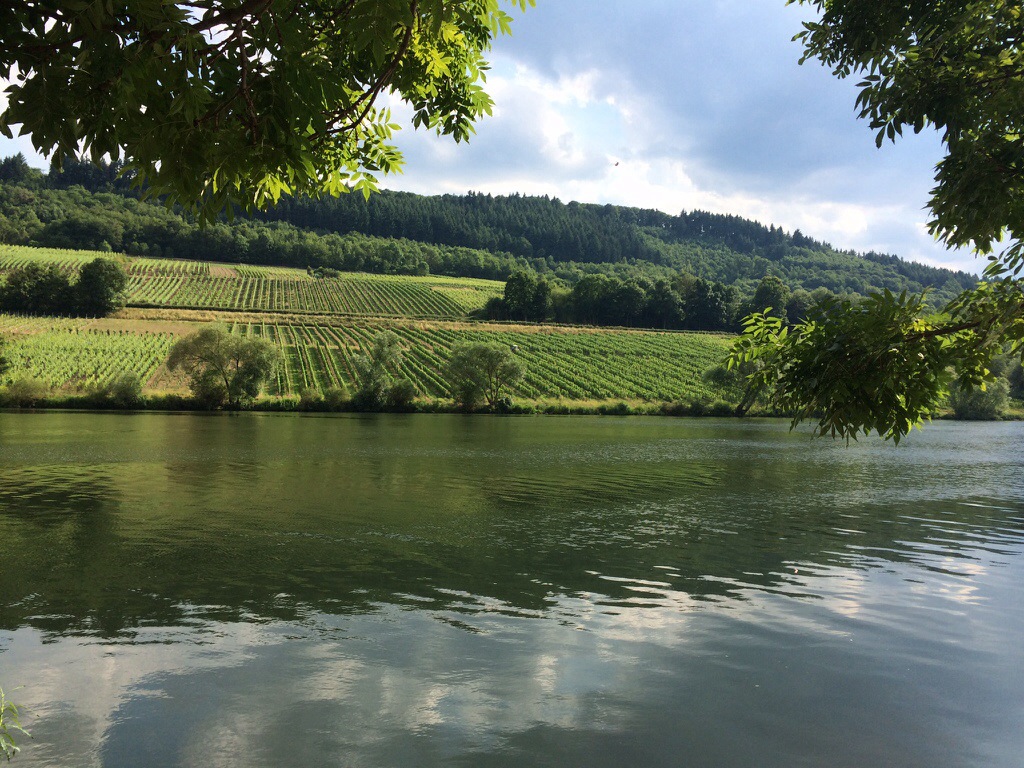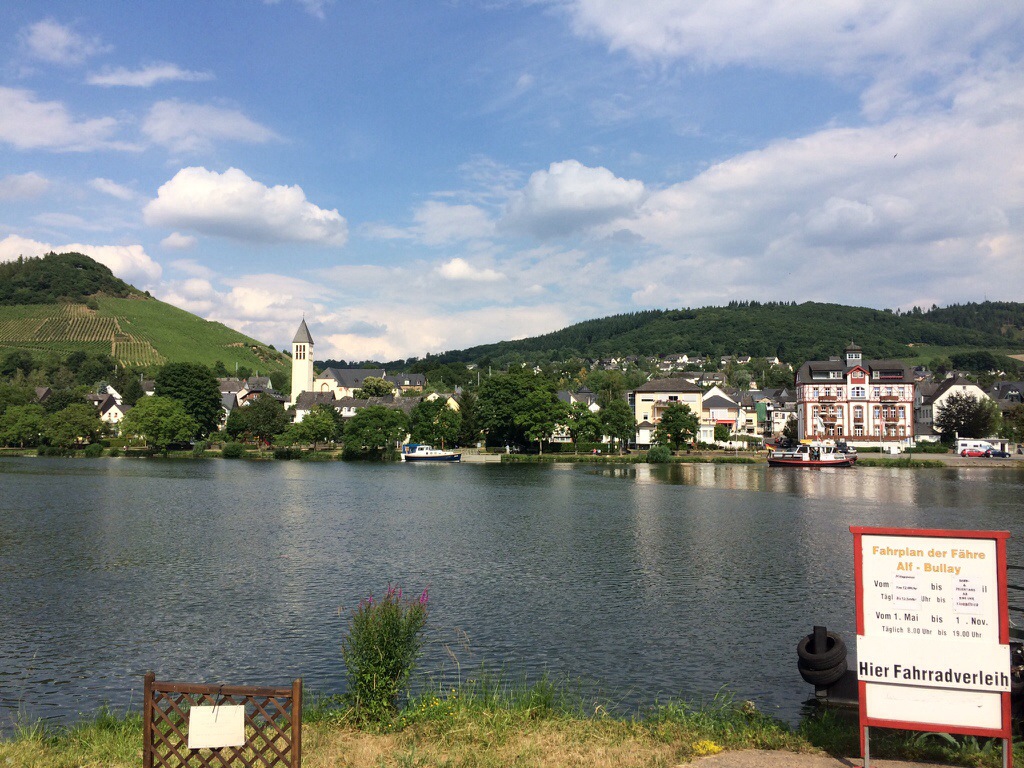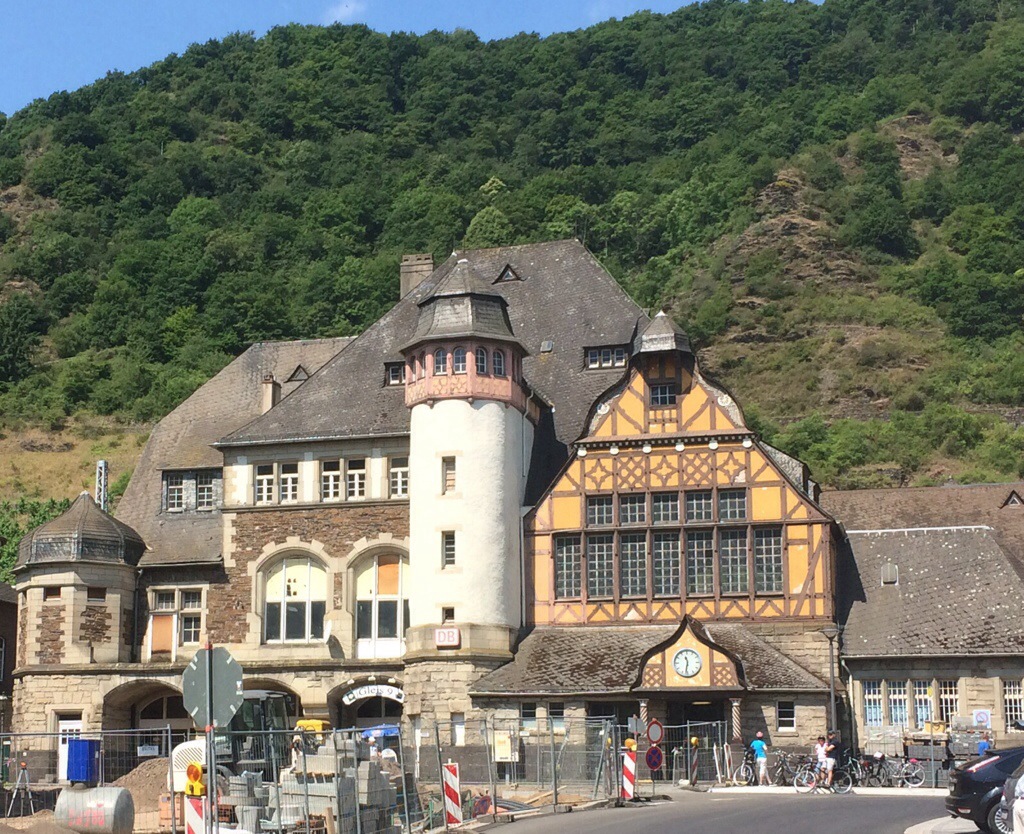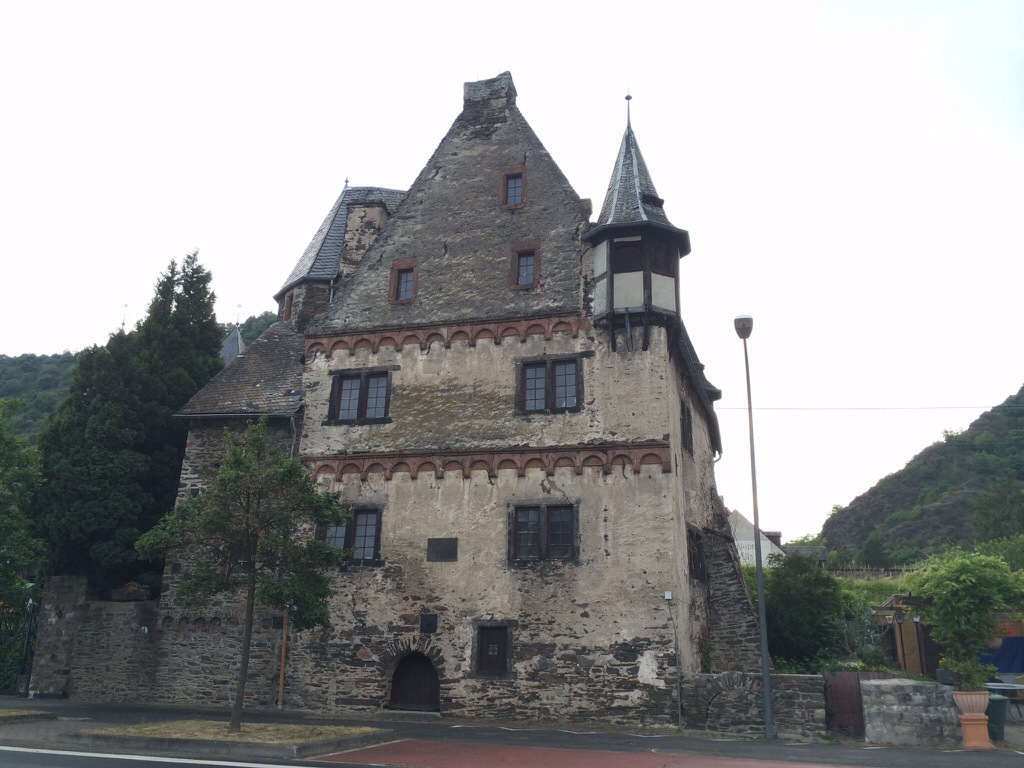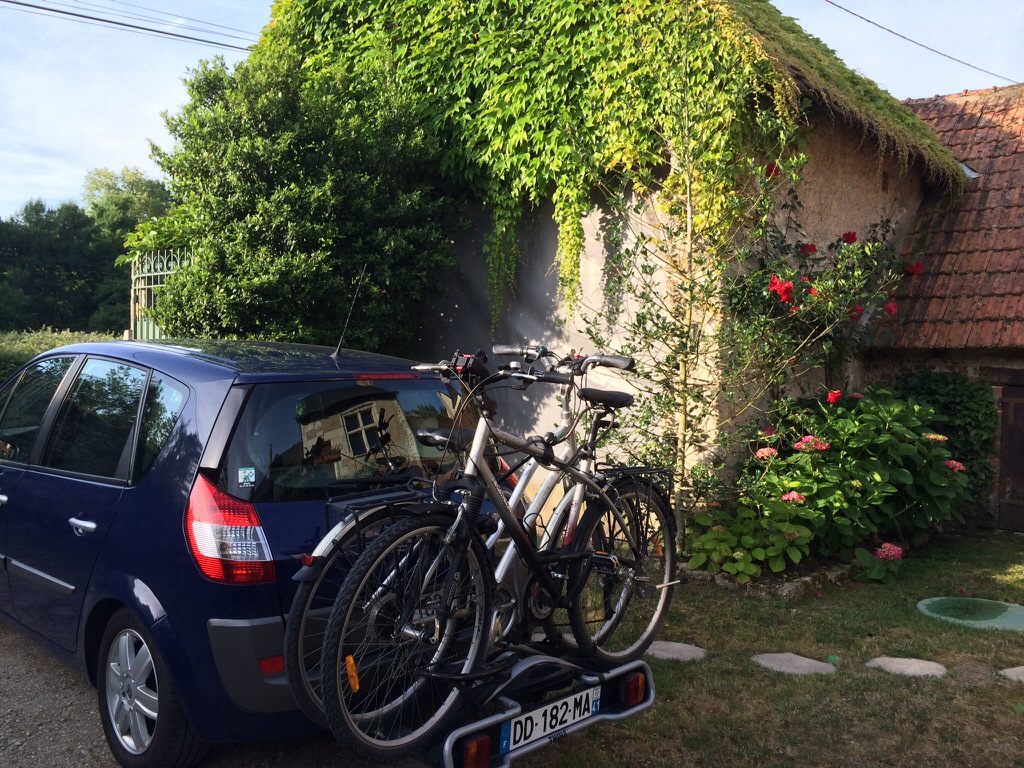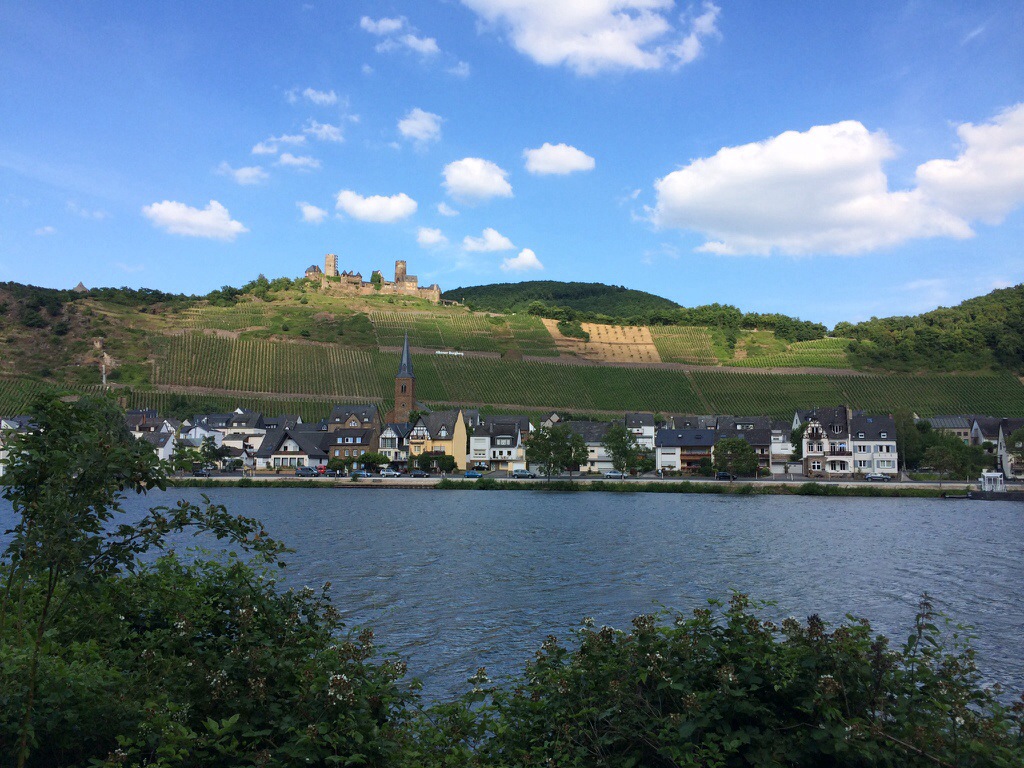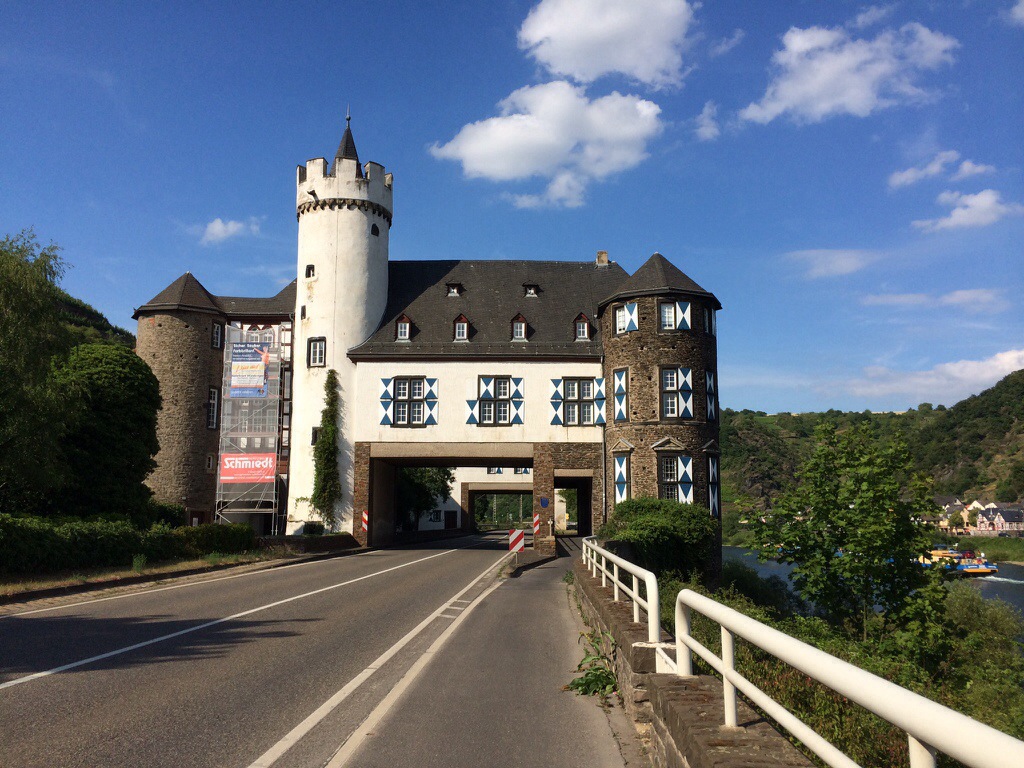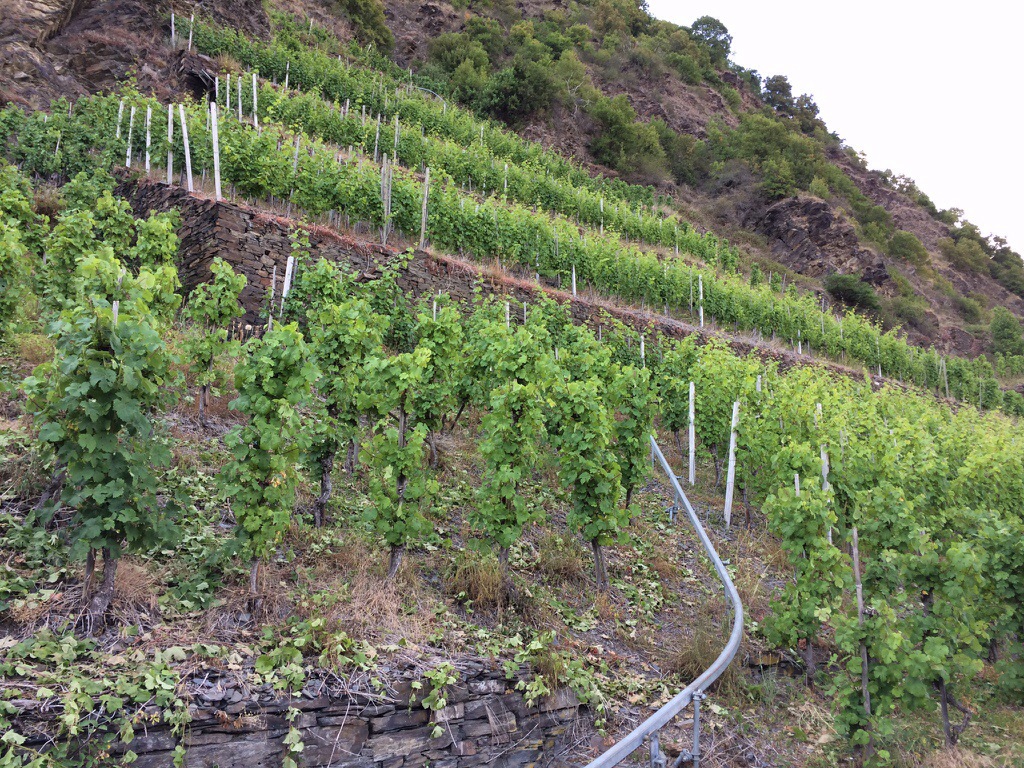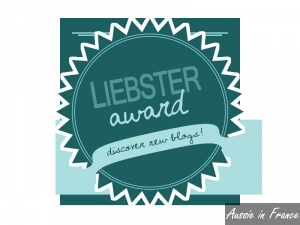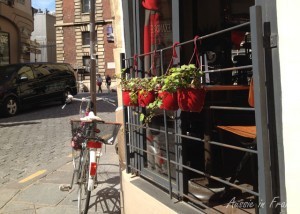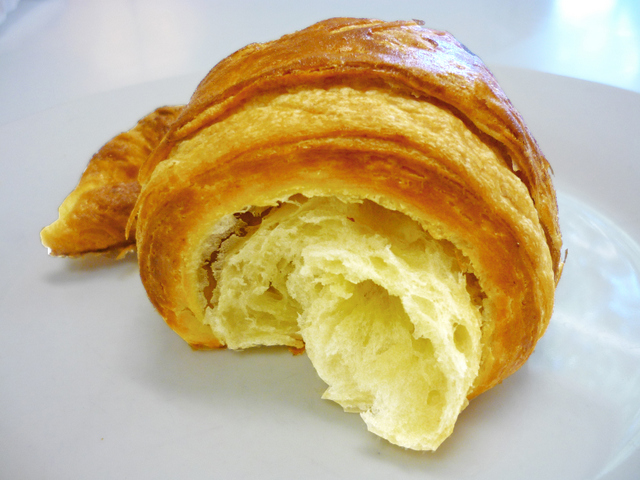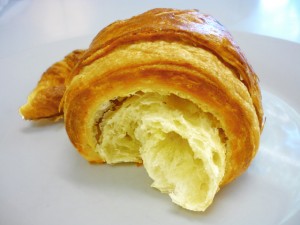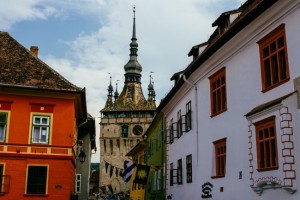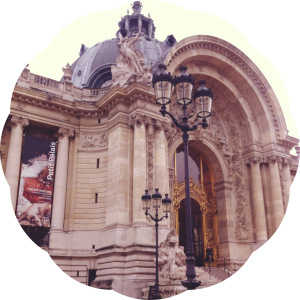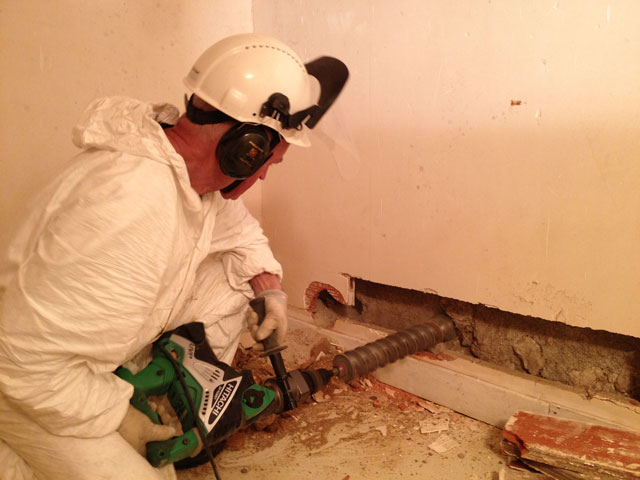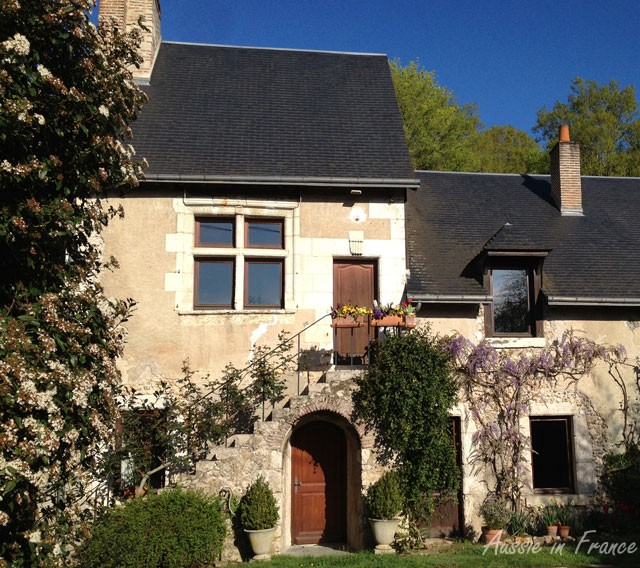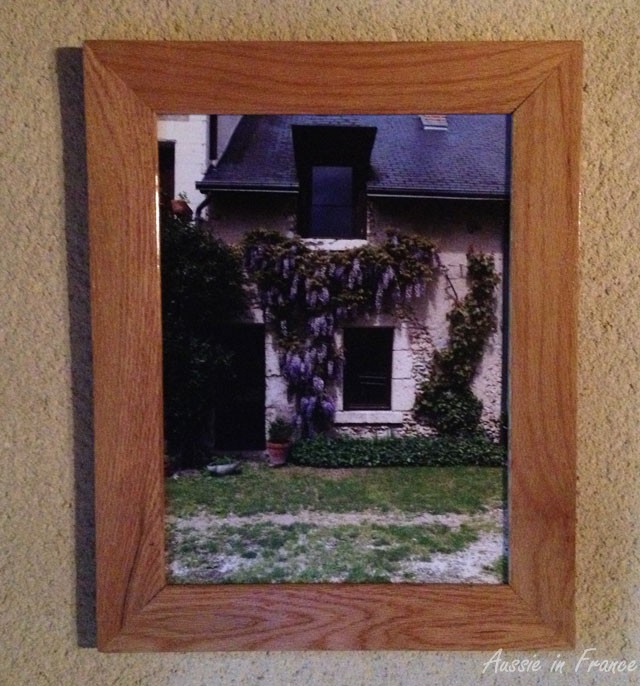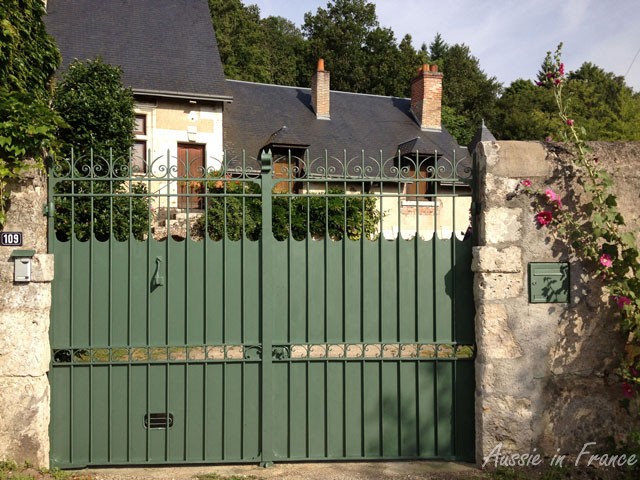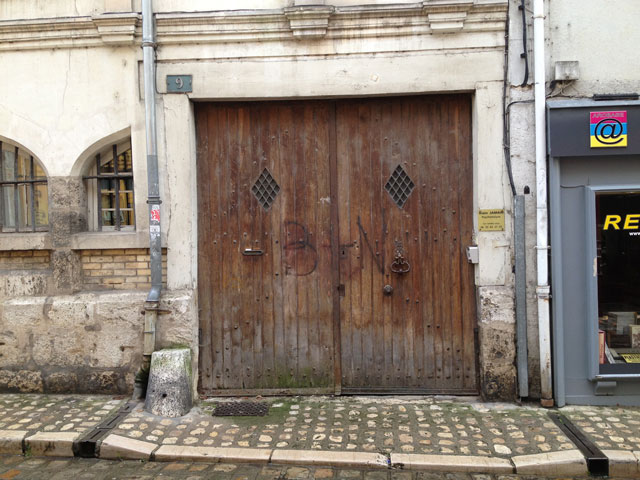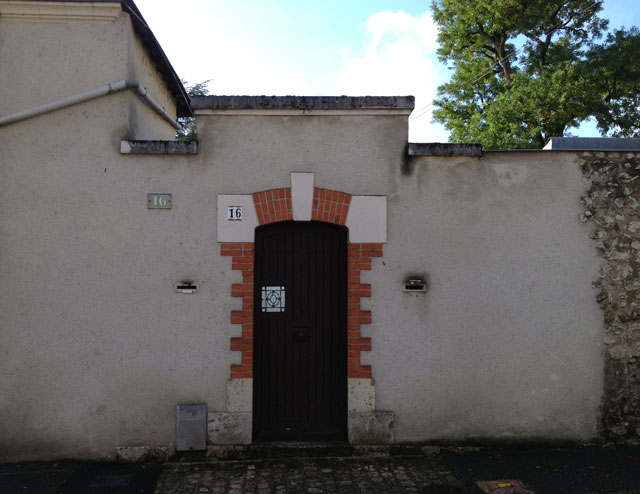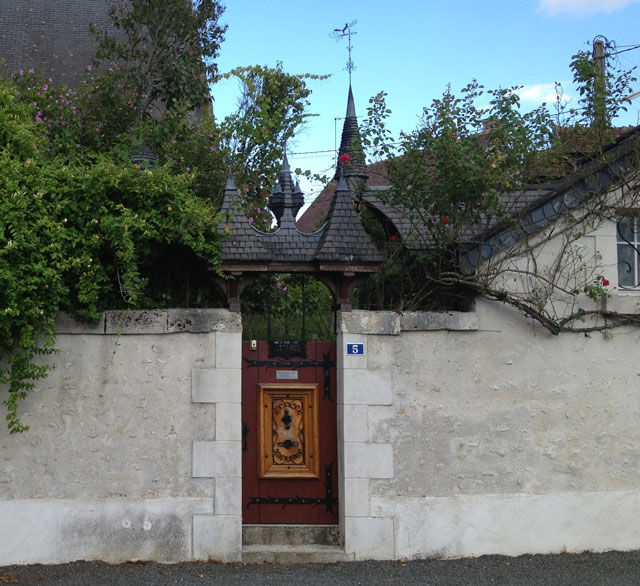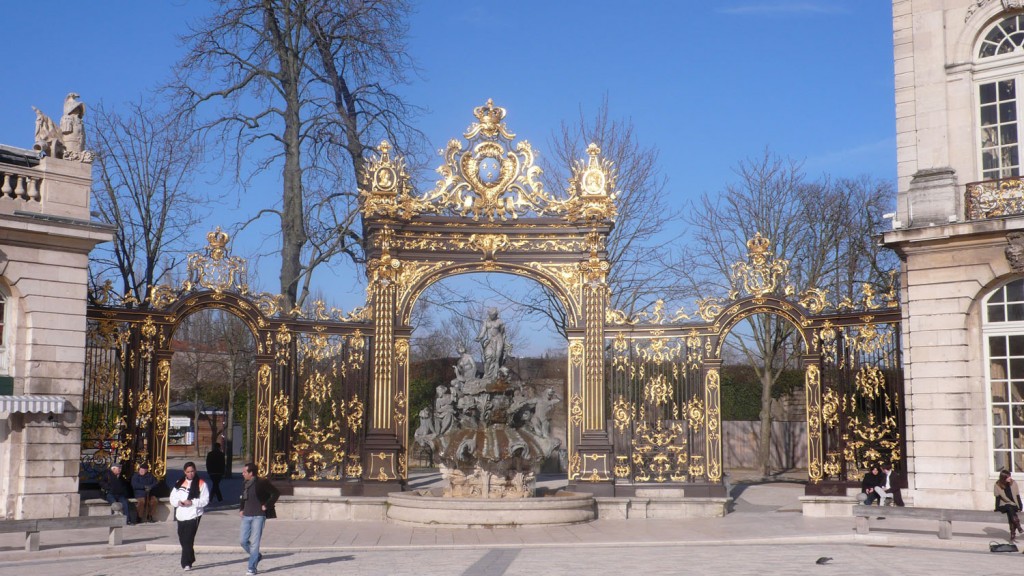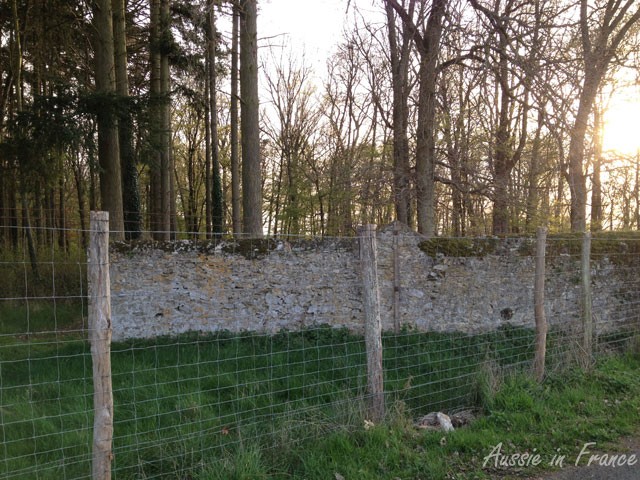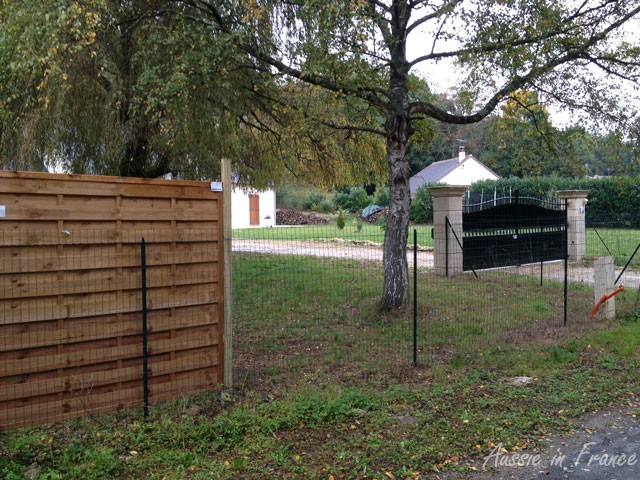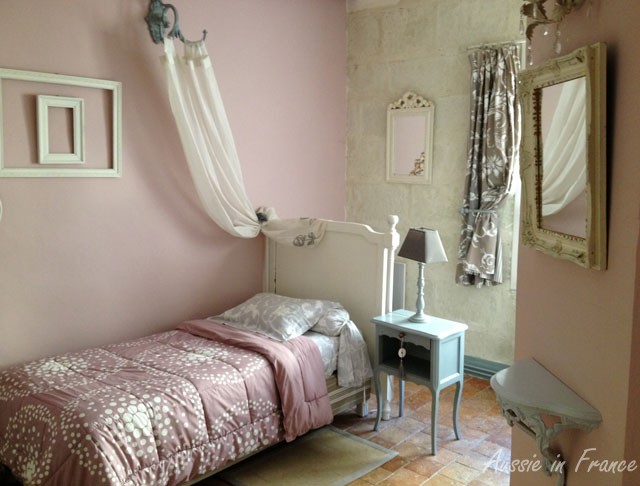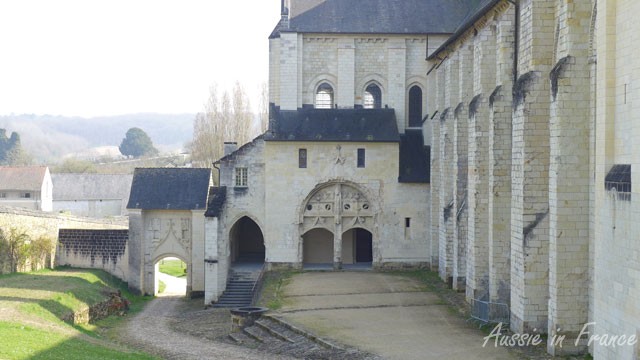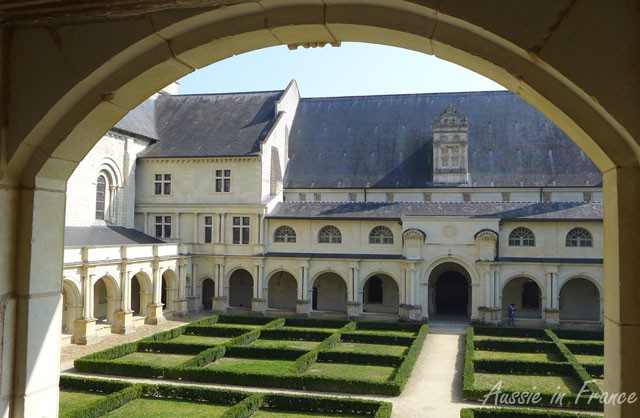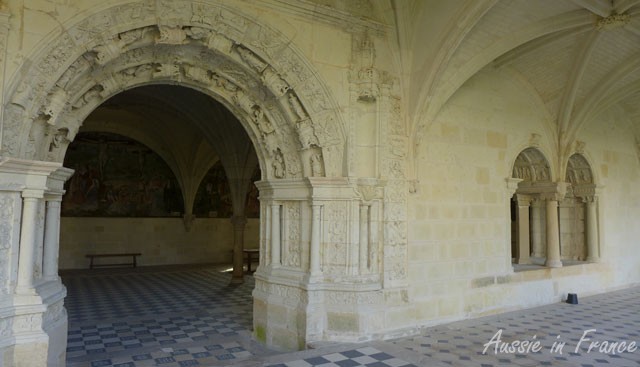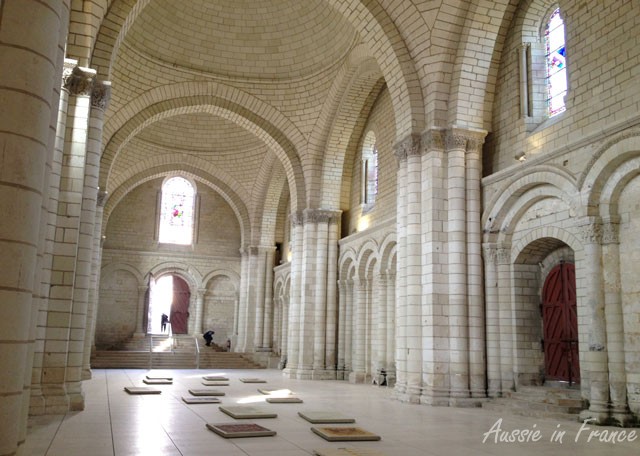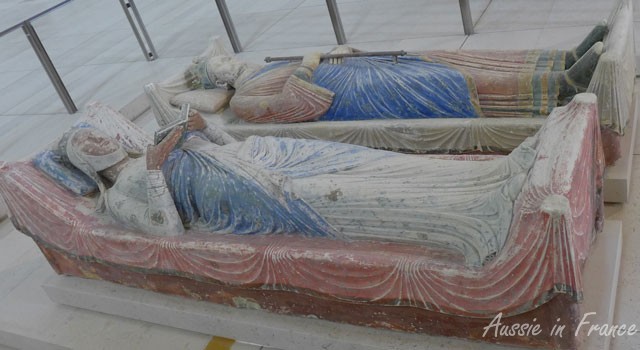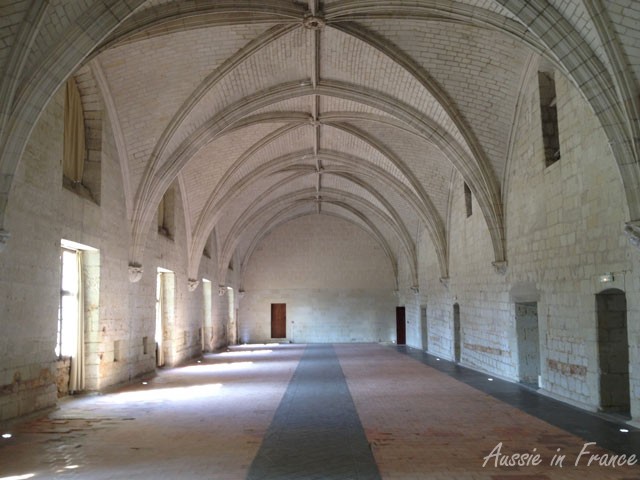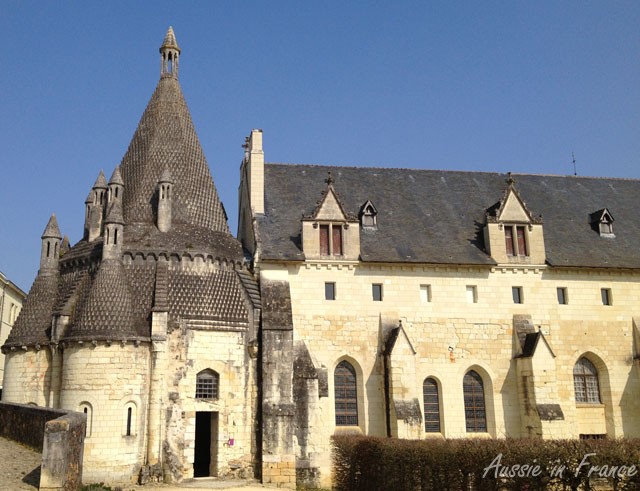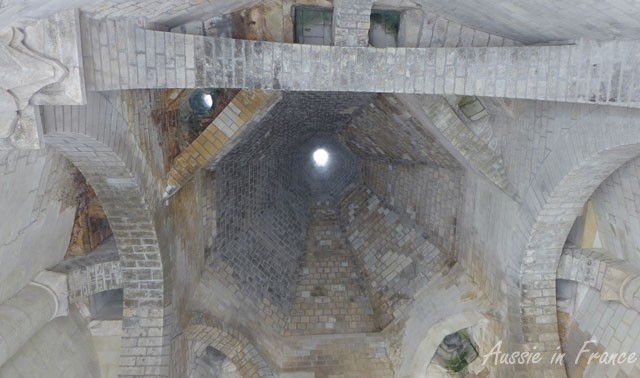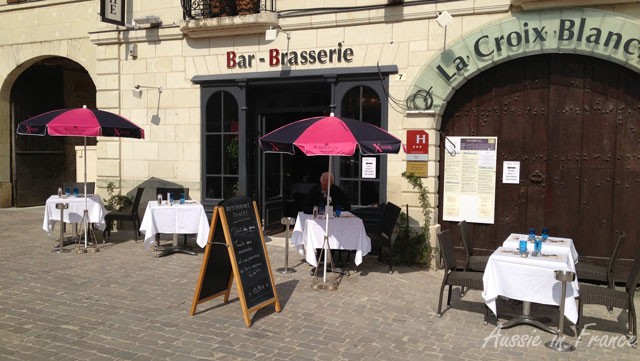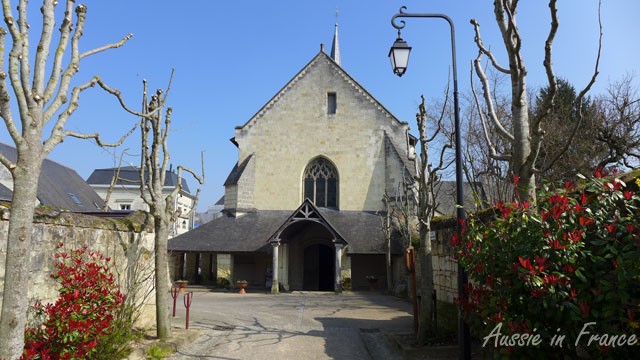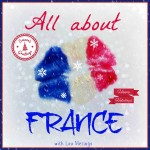We’ve cycled along the Rhine on two previous occasions – on our way back from Croatia when we visited the Rhine Falls and Stein am Rhein, both very memorable experiences – and last year after cycling along the Danube, when we spent a few days at Lake Constance and visited the Rhine Falls and Stein again. The Rhine starts in Switzerland, flows through Germany and eventually empties into the North Sea In the Netherlands.
Today we begin in St Goar a 40 minute drive from our flat in Kobern Gondorf. We start with an excellent cappuccino opposite Loreley, a famous rock at the narrowest place on the Rhine. Loreley is also the name of a feminine water spirit, similar to mermaids or Rhine maidens, associated with the rock in popular folklore and in works of music, art and literature.
The bike path takes us along the river alongside a main road – not nearly as attractive as the paths we experienced along the Danube but the scenery is still lovely with vineyards climbing up the hills and little villages and hilltop granite castles along the riverside.
We arrive at the ferry stop that will take us across the river to Kaub, passing in front of the famous Pfalzgrafenstein toll castle erected in 1338. A chain across the river forced ships to pay the toll. If they didn’t cooperate they were thrown into the dungeon!
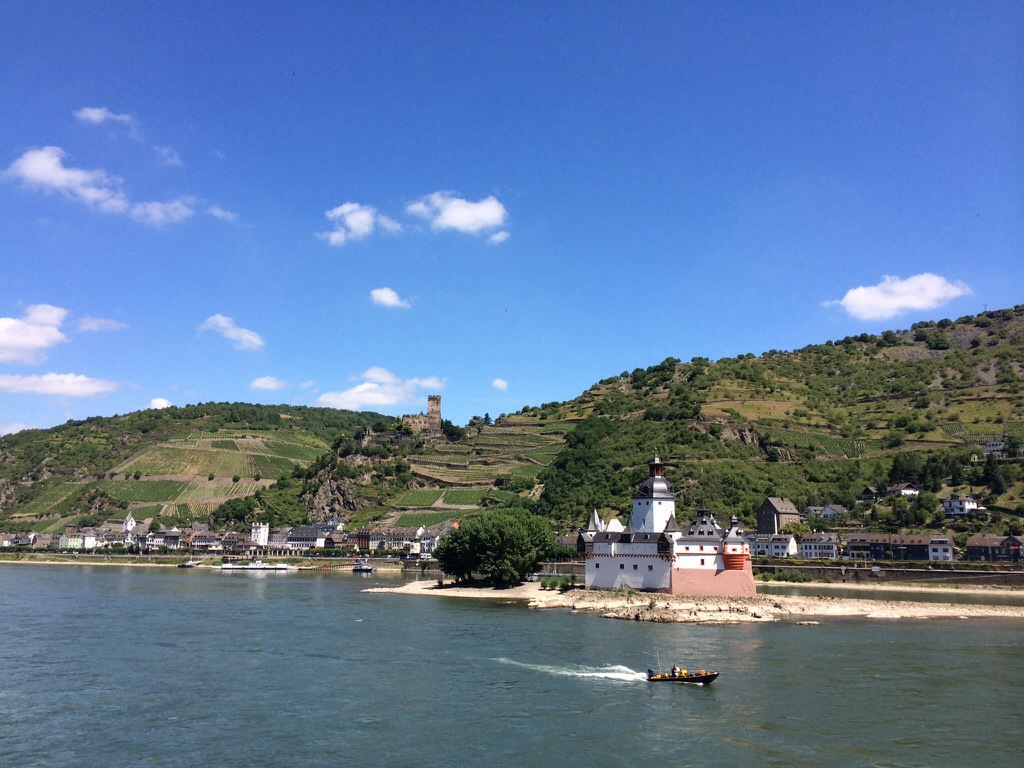
On the other side on the outskirts of the village we find a local restaurant with a view of the river where the waitress only speaks German. We learn that trocken means dry as in dry white wine and order a viener schnitzel and a cordon bleu because it’s easier than trying to work out what else is on the menu! A mixed salad arrives first and our veal and chips are excellent. We finish with an espresso and pay the bill – 30 euro.
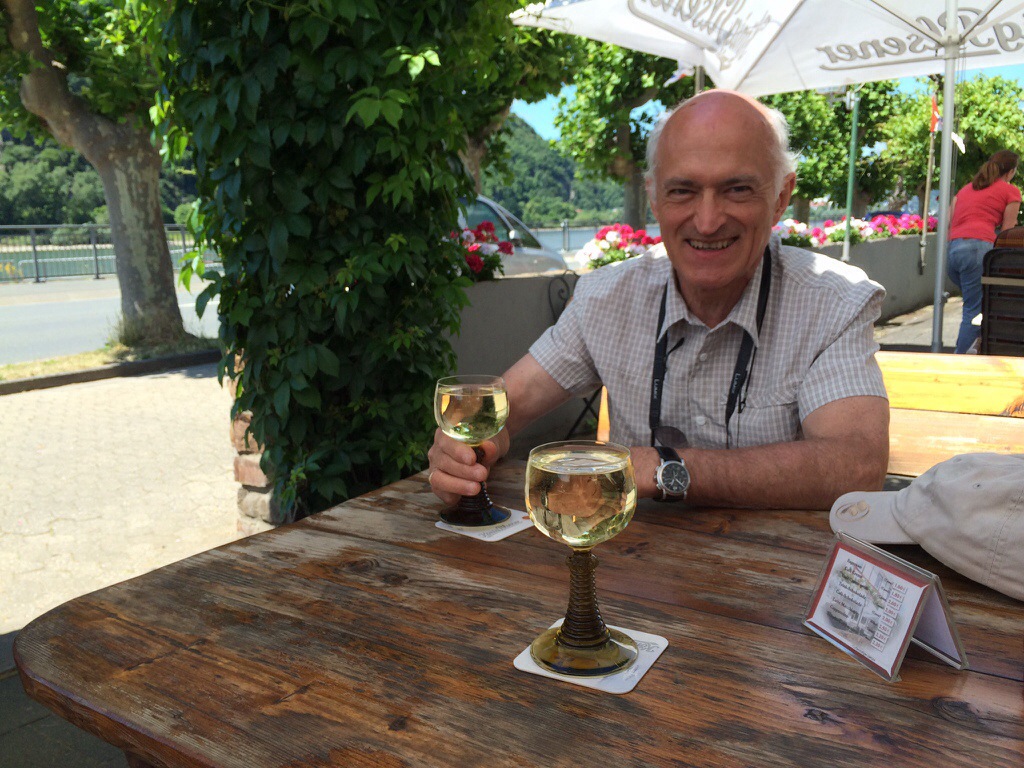
We continue towards Lorch on a bike path which is a little in need of maintenance but more pleasant because there is less traffic. On the other side we see a town With an extravagant number of towers and a gutted gothic church. I study it with my binoculars.
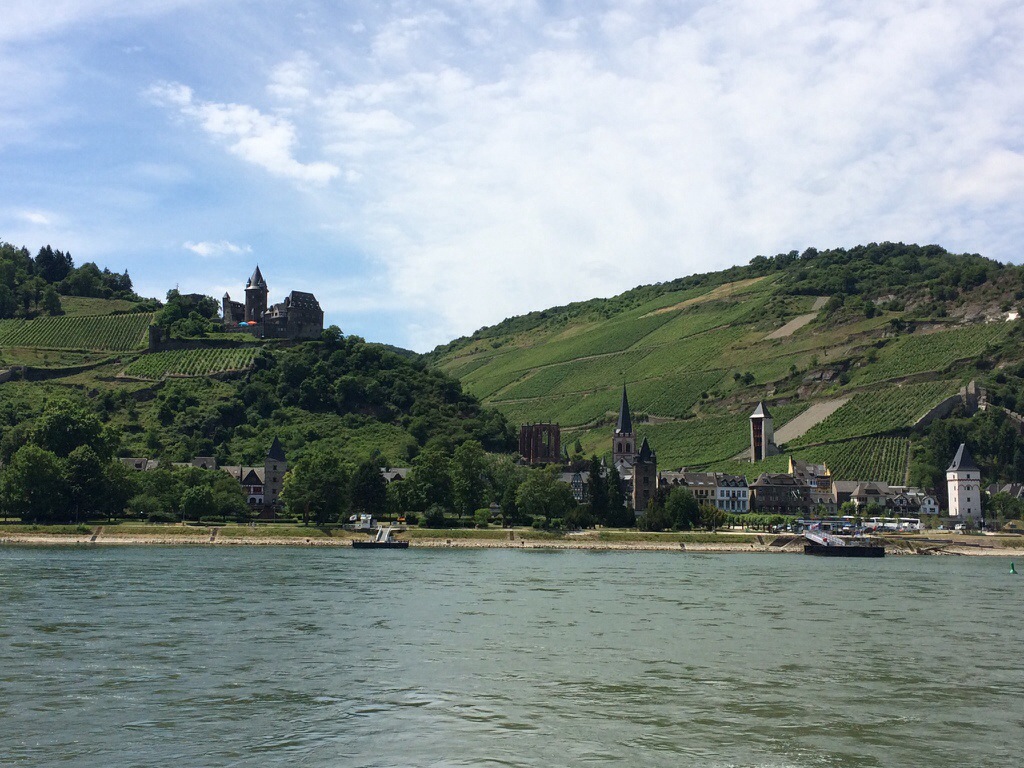
At Lorch we cross the river on another ferry and start cycling back to our starting point. When we get to Bacarach we suddenly find ourselves in a very popular tourist destination. It turns out to be the town with the gutted church and has all sorts of historic buildings and the obligatory craft shops.
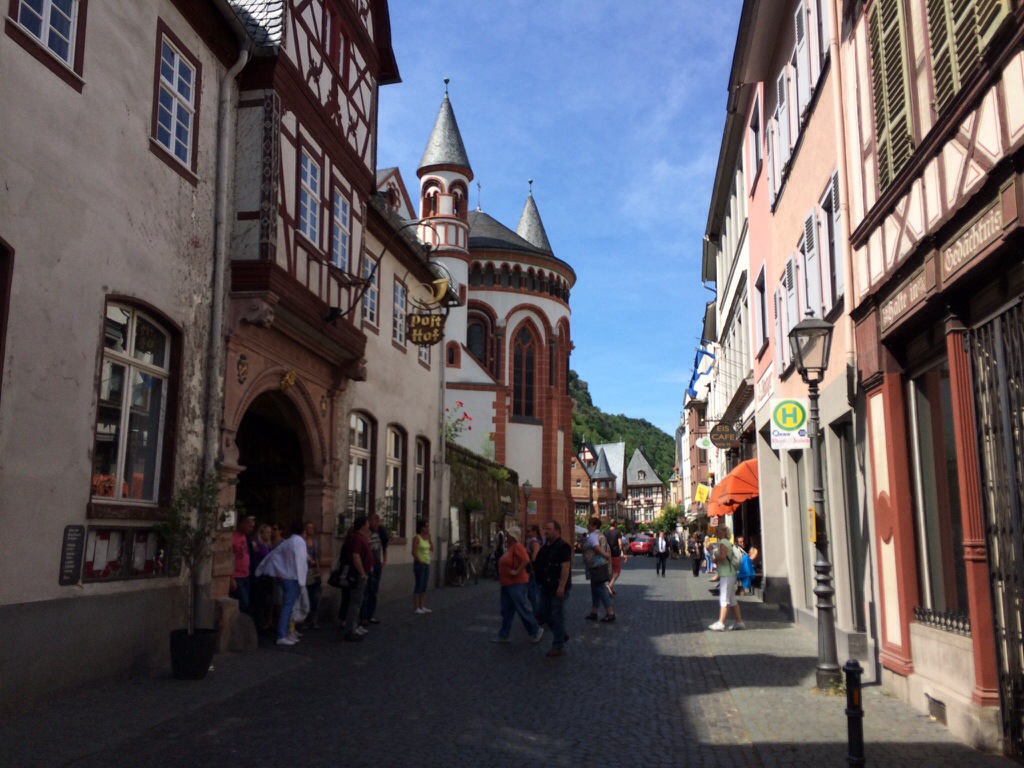
We go back across the Rhine at Kaub for free, completely ignored by the ferry man who stays resolutely in his little tower. The bike path on the other side is alongside the road again but in good condition. We see the Rhine gorge and the Loreley rock from the other side and get a closer look at the somewhat surprising 16 foot mermaid statue.
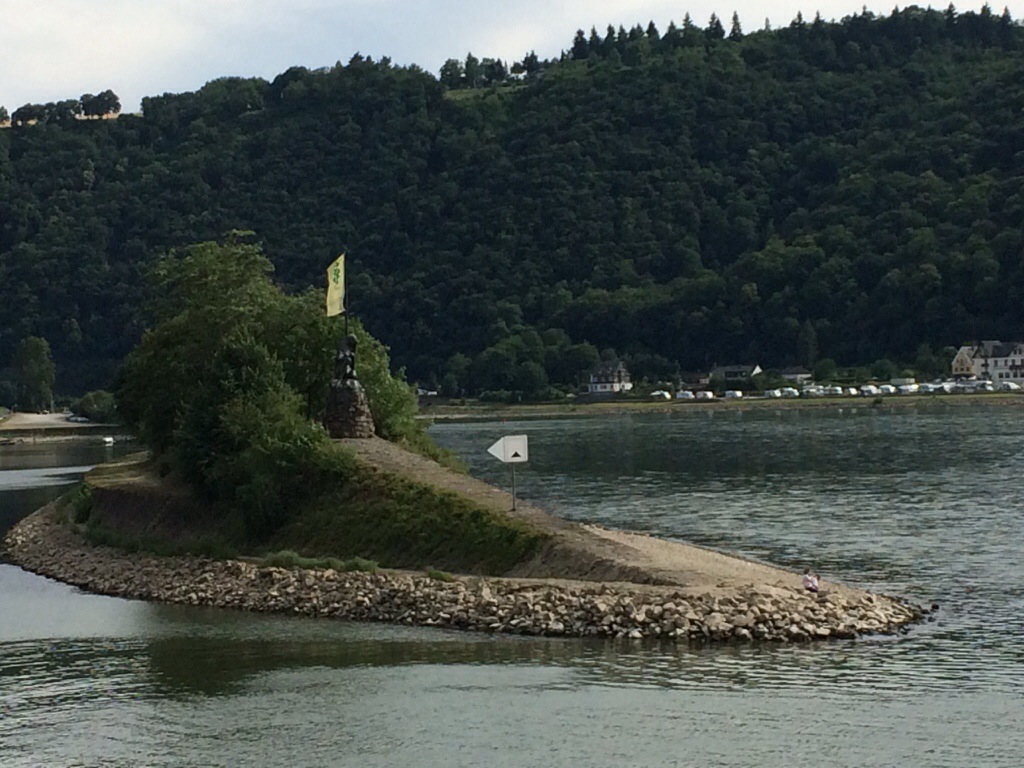
By the time we get to St Goarhausen, I am feeling the effects of the 40 km we’ve spent in the saddle and we’re both ready for an Italian ice-cream. We can see the ferry that will take us back to St Goar and the car and decide to try and catch it. Ice-cream in hand we cross the road and walk our bikes down the ramp and onto the ferry just in time!
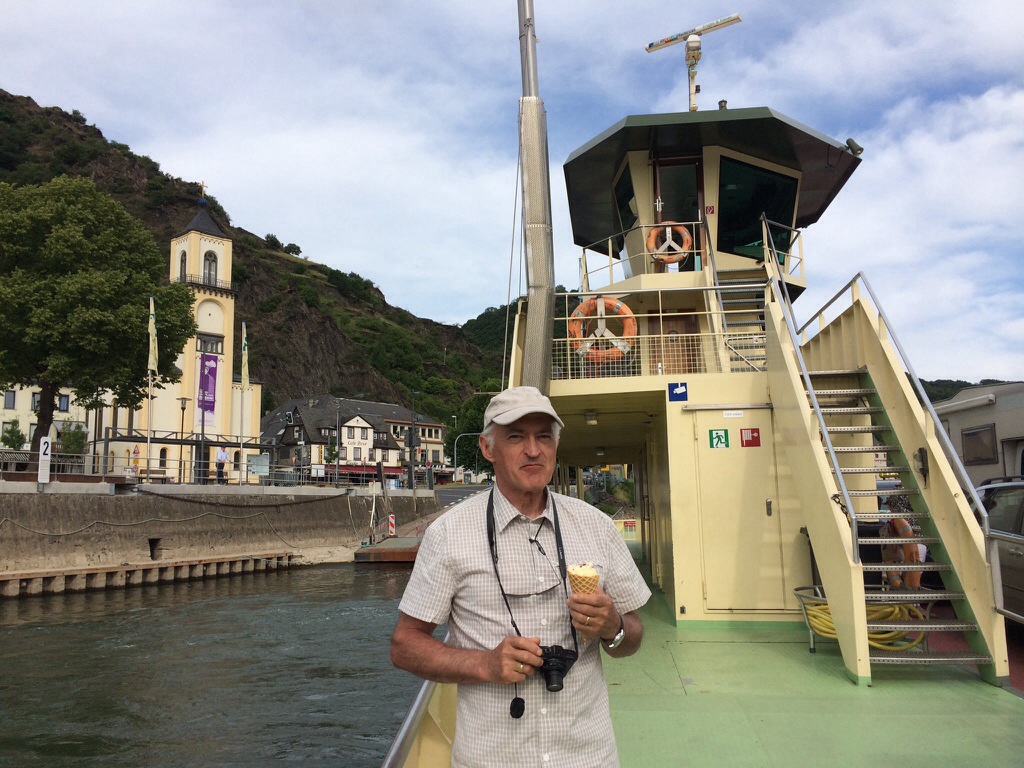
I can tell you that I am glad to get back to the car and sit in a more comfortable seat. We drive along the river to Boppard and cross the high plateau between the Rhine and Moselle via a road with very tight hairpin bends. The view of the Moselle is worth the trip.
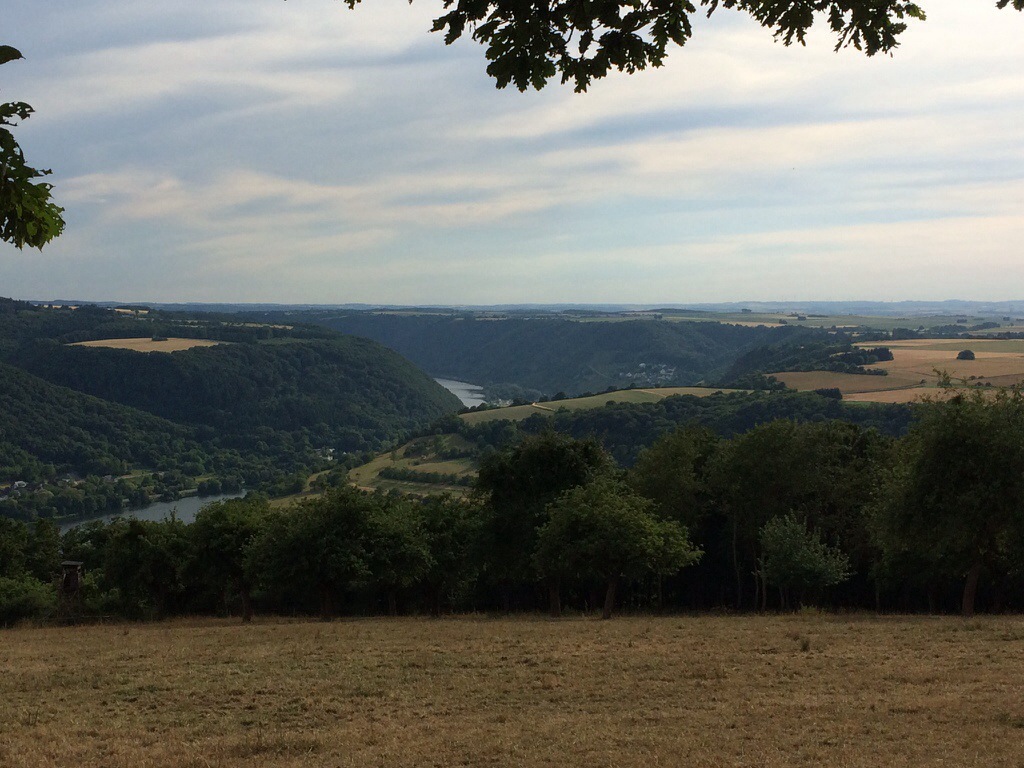
Tomorrow we’ll be back along the Moselle.




